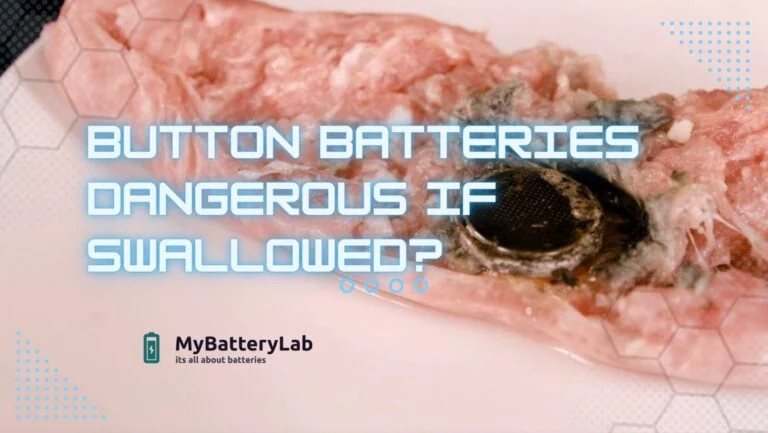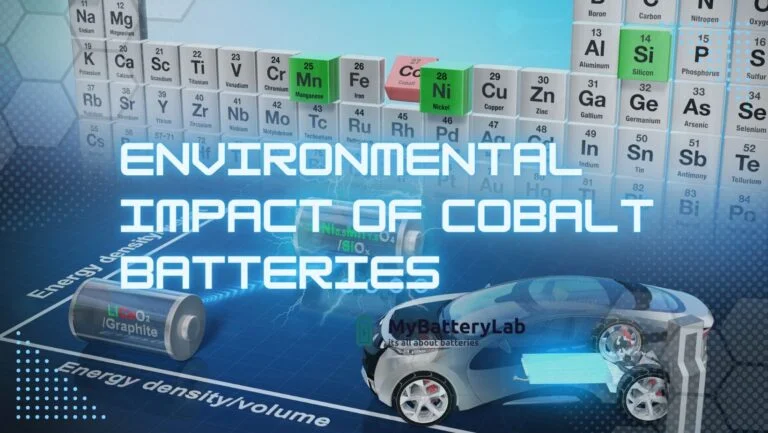Why do my battery keeps dying, How to FIX?
Are you constantly finding yourself stranded with a dead car battery? Few things are more frustrating than being unable to start your vehicle due to a dead battery.
Understanding the causes and symptoms of a dying battery, as well as the various solutions available, can help you tackle this common automotive issue with confidence. From diagnosing the problem to implementing solutions, I am going to give you a comprehensive guide on how to fix a dead car battery and keep your vehicle running smoothly.
What happens when my car battery is dead?
When you attempt to start your car with a dead battery, you may hear a clicking sound or notice that the engine doesn’t turn over, it means that it no longer has enough charge to start your vehicle’s engine or other electrical components in the car, such as lights and the radio, may also be dim or non-functional.

What are the Symptoms of a Dying Battery?
When a car battery is about to fail, we can identify that earlier by noticing the following things.
- Slow engine crank: When you start the car, the engine cranks slowly or struggles to start.
- Dim headlights and interior lights: Lights appear noticeably dimmer than usual.
- Electrical issues: You may experience issues with power windows, locks, or other electrical components.
- Warning lights: Battery warning lights may illuminate on the dashboard.
- Difficulty starting in cold weather: Cold temperatures can exacerbate battery problems, making it harder to start the car.
- Corrosion on battery terminals: Visible corrosion or buildup on the battery terminals can indicate battery issues.
- Old age: If the battery is several years old, it may be reaching the end of its lifespan and could fail soon.
If you notice any of these symptoms, it’s a good idea to have your battery tested or replaced to avoid unexpected breakdowns.
What causes a Battery to die?
Several factors can cause a car battery to die,
- Age: Over time, car batteries naturally degrade and lose their ability to hold a charge effectively. Most car batteries have a lifespan of around 3 to 5 years, depending on usage and environmental factors.
- Extreme Temperatures: Both extreme cold and heat can negatively impact battery performance. Cold weather can slow down the chemical reactions necessary for the battery to generate power, while heat can accelerate internal corrosion and fluid evaporation.
- Parasitic Drain: Certain electrical components in the car, such as the clock, alarm system, or even a malfunctioning accessory, can continue to draw power from the battery even when the engine is off, leading to a gradual drain on the battery’s charge.
- Overcharging or Undercharging: Faulty alternator or charging system can lead to overcharging or undercharging the battery, which can shorten its lifespan or cause it to lose its ability to hold a charge.
- Leaving Lights On: Accidentally leaving headlights, interior lights, or other electrical accessories on when the engine is off can drain the battery’s charge, leaving it unable to start the car.
- Corrosion or Loose Connections: Corrosion on the battery terminals or loose connections can interfere with the flow of electricity between the battery and the vehicle’s electrical system, leading to starting problems or a dead battery.
- Defective Battery: In some cases, a battery may be defective from the manufacturer or suffer damage during shipping or installation, leading to premature failure.
Regular maintenance, such as checking the battery terminals for corrosion, testing the charging system, and replacing old batteries before they fail, can help prevent dead battery incidents.
How to fix a dead car battery?
Fixing a dead car battery typically involves jump-starting the vehicle or replacing the battery. Here’s how to do each:

Jump-starting the Vehicle, Step by step guide
- You’ll need another vehicle with a charged battery or a portable jump starter.
- Park the vehicles close to each other, turn off the ignition, and ensure both cars are in Park or Neutral (for manual transmissions, ensure they’re in Neutral and the parking brake is engaged).
- Connect the positive (+) jumper cable to the positive terminal of the dead battery.
- Connect the other end of the positive jumper cable to the positive terminal of the charged battery.
- Connect the negative (-) jumper cable to the negative terminal of the charged battery.
- Connect the other end of the negative jumper cable to a metal surface on the engine block or frame of the car with the dead battery, away from the battery and any moving parts.
- Start the engine of the vehicle with the charged battery and let it run for a few minutes.
- Attempt to start the car with the dead battery. If it starts, let both vehicles run for a few minutes to charge the dead battery. If it doesn’t start, you may need to check the connections and try again or seek professional assistance.
A Step-by-Step Guide on How to Jump Start a Car Safely and Effectively
My Battery Lab
How to Replace the Battery?
If jump-starting doesn’t work or if the battery repeatedly dies, it may need to be replaced. To replace the battery, start by turning off the engine and ensuring all electrical components are turned off. Locate the battery under the hood and remove the battery hold-down clamp or bracket if present. Disconnect the negative (-) cable first, followed by the positive (+) cable. Remove any additional mounting hardware and lift the old battery out of the vehicle.
Install the new battery by placing it in the battery tray and reconnecting the positive (+) cable first, followed by the negative (-) cable. Secure the new battery in place with the hold-down clamp or bracket. Finally, start the engine to ensure the new battery is installed correctly and functioning properly.
If you’re uncomfortable performing these tasks or if the battery replacement requires special tools or expertise, it’s best to seek assistance from a professional mechanic or automotive service center.
My Battery Lab
What are the other solutions if my car battery is dead?
If your car battery is dead, and jump-starting or replacing the battery aren’t viable options, there are a few alternative solutions you can consider:
- Battery Charger: Use a battery charger to recharge the dead battery. You’ll need access to an electrical outlet and a compatible battery charger. Follow the manufacturer’s instructions for connecting the charger to the battery and allow sufficient time for the battery to recharge fully.
- Call for Roadside Assistance: If you’re unable to jump-start the vehicle or if you don’t have access to a replacement battery or charger, you can call for roadside assistance. Many roadside assistance services offer battery jump-starts and battery replacement services.
- Push Start (Manual Transmission): If your car has a manual transmission, you may be able to push-start it. To push-start a car, enlist the help of a few people to push the vehicle while you’re in the driver’s seat. Once the car is moving at a decent speed (usually in second gear), release the clutch quickly while simultaneously pressing the accelerator. This action can engage the engine and potentially start the vehicle.
- Seek Professional Help: If none of the above options are feasible or successful, it’s best to seek assistance from a professional mechanic or automotive service center. They can diagnose the issue, determine the best course of action, and provide the necessary repairs or replacements.
Regardless of the solution you choose, it’s essential to address a dead car battery promptly to avoid being stranded and to ensure the continued reliability of your vehicle. Regular maintenance and monitoring of your car’s battery health can also help prevent future dead battery incidents.
My Battery Lab
Conclusion:
A dead car battery can be a significant inconvenience, but with the right knowledge and tools, you can address the issue effectively. Whether it’s jump-starting your vehicle, replacing the battery, or exploring alternative solutions, taking proactive steps to maintain your car’s battery health is essential.
By understanding the symptoms of a dying battery and knowing how to fix it, you can minimize the risk of unexpected breakdowns and ensure a reliable driving experience. Remember, if you’re ever unsure or uncomfortable performing these tasks yourself, seeking assistance from a professional mechanic or automotive service center is always a wise choice. With proper maintenance and timely interventions, you can keep your car battery charged and your vehicle running smoothly for miles to come.







